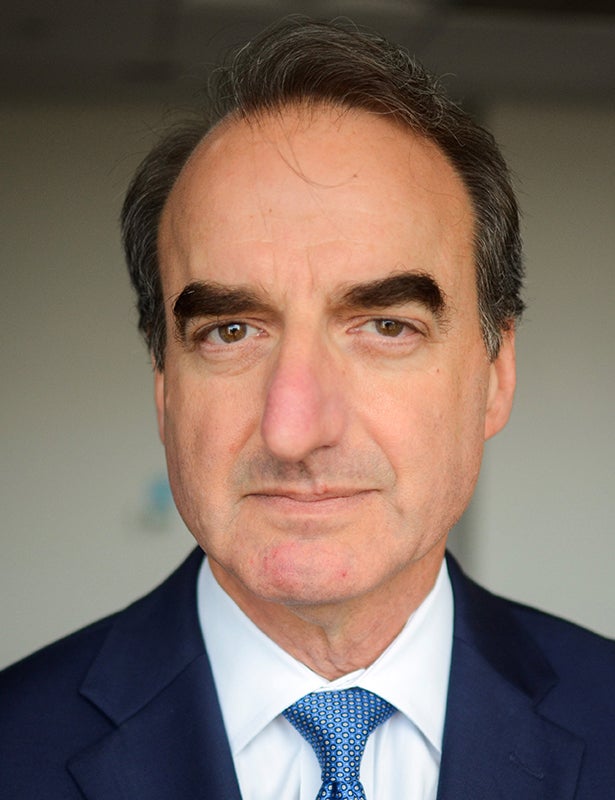February 22, 2020 — New Delhi
This piece first appeared in the Sunday Guardian.
US President Donald Trump’s state visit to India, a little more than eight months before he faces the voters in his bid for a second term, is significant not only for what it may yield in enhancing the strategic relationship between sister democracies but for what it says about the rising stature of India and Indian Americans on the US political landscape.
Not that the strategic benefits are inconsiderable. In America’s Great Power contest with China—over sea lanes, force projection, regional alliances, trade preferences, and technology and currency dominance—India is seen increasingly in Washington as a critical partner. It wasn’t always thus, but the steady warming under Presidents Bill Clinton, George W. Bush (whose parting gift to the relationship was the landmark Civil Nuclear Agreement), and Barack Obama reflected new appreciation for India; President Trump’s evident chemistry with Prime Minister Narendra Modi, combined with his administration’s focus on Chinese trade and security threats, has brought the partnership to an even higher plane.
The coming visit may yield agreements on tariff relief—to offset, at least partially, the recent GSP revocation—and on US weapons purchases. These would be positive signals, mutually beneficial.
It may be too much to hope for assertions by the President that India is more than a friend, the homeland of millions of American citizens, and a valued trading partner—but, truly, an American ally. Nevertheless, such a declaration is possible. And a reciprocal assertion, if achieved, would be a breakthrough—a demonstration of shared values and destiny.
However US-India relationship is characterised in the course of the President’s visit, the increased closeness of bilateral ties is unmistakable. The reasons are many: economic, strategic, political, even geographic; a desire to seize common opportunities and confront common perils. But one factor cannot be overlooked: the growing clout of the Indian American community.
Recent years have seen a transformation in political activism among the roughly 4.6 million Americans of Indian descent—and increasing identification not only with their heritage but with modern India. Prime Minister Modi’s visits to New York, California and (in last year’s blockbuster “Howdy, Modi!” program) Texas have mobilised the community to an unprecedented degree.
They’ve also demonstrated the community’s growing political clout. The fact that President Trump travelled to Houston to join the Prime Minister in the Texans’ football stadium was a turning point in the American political establishment’s recognition of Indian American influence.
This is a welcome phenomenon—good for India, good for the Indian American community, and good for America.
As a proud partner of that community—with a shared commitment to democratic pluralism, a shared appreciation of the benefits of a generous and responsible immigration system, and a shared resolve to assure the security and well-being of our peoples’ native lands—the Jewish community in America looks forward to the further empowerment of a sister minority and the further blossoming of this natural alliance.
We’ve seen what the alliance can produce. Our two communities stood shoulder to shoulder in advocacy for the Civil Nuclear Agreement—countering nonproliferation sceptics and interest groups seeking to thwart US-Indian strategic alignment. We collaborate on behalf of immigration reform, and we work together to combat ethnic and religious discrimination, hate speech, and extremism—in the United States and globally.
We’ve also jointly encouraged and celebrated the rapid expansion of Indian-Israeli ties, a mutually advantageous relationship that has critical security, economic, medical, environmental, agricultural and hydrologic dimensions. When Prime Minister Modi paid his historic visit to Israel in 2017, AJC leaders were in Jerusalem to greet him along with prominent and valued partners in the Indian American community.
In the halls of Congress, in political campaigns at national, state and local levels, in communal advocacy organisations, and in respected Washington think tanks, Indian Americans are increasingly prominent and impactful. As the community’s population has swelled in recent decades, its political profile has expanded.
The first Indian American was elected to the US Congress in 1956—Dalip Singh Saund, a Northern California Democrat who was born in Chhajulwadi, Punjab, emigrated to the United States to pursue higher studies, became a US citizen in 1949, and won three terms. Today, four Americans of Indian origin serve in the House and one in the Senate. And the political trajectory is getting steeper with successive electoral contests: The last US national election saw close to 100 candidates of Indian origin seeking congressional seats; two years earlier, just half as many were in the race.
Surely President Trump knows that the majority of Indian Americans traditionally have voted Democratic —just as a majority of American Jews have traditionally aligned with that party. But in “swing” states, which could bend in either direction, shifting the allegiance of a relatively small numbers of voters can have an outsized, even a decisive, effect.
The President’s trip to India can therefore be seen not only as an investment in America’s strategic partnership with India, but as an investment in the political potential of the Indian American community.
Jason Isaacson is Chief Policy and Political Affairs Officer of the American Jewish Committee.



